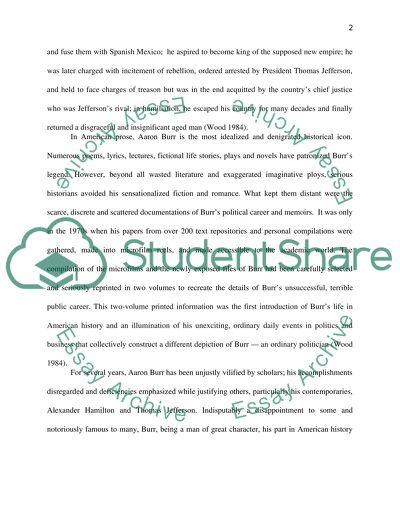Cite this document
(“Historical Novel: Burr Assignment Example | Topics and Well Written Essays - 1500 words”, n.d.)
Retrieved from https://studentshare.org/history/1485782-historical-novel-burr
Retrieved from https://studentshare.org/history/1485782-historical-novel-burr
(Historical Novel: Burr Assignment Example | Topics and Well Written Essays - 1500 Words)
https://studentshare.org/history/1485782-historical-novel-burr.
https://studentshare.org/history/1485782-historical-novel-burr.
“Historical Novel: Burr Assignment Example | Topics and Well Written Essays - 1500 Words”, n.d. https://studentshare.org/history/1485782-historical-novel-burr.


